Although the primary role of autophagy-dependent cellular self-eating is cytoprotective upon various stress events (such as starvation, oxidative stress, and high temperatures), sustained autophagy might lead to cell death. A transcription factor called NRF2 (nuclear factor erythroid-related factor 2) seems to be essential in maintaining cellular homeostasis in the presence of either reactive oxygen or nitrogen species generated by internal metabolism or external exposure. Accumulating experimental evidence reveals that oxidative stress also influences the balance of the 5′ AMP-activated protein kinase (AMPK)/rapamycin (mammalian kinase target of rapamycin or mTOR) signaling pathway, thereby inducing autophagy. Based on computational modeling here we propose that the regulatory triangle of AMPK, NRF2 and mTOR guaranties a precise oxidative stress response mechanism comprising of autophagy. We suggest that under conditions of oxidative stress, AMPK is crucial for autophagy induction via mTOR down-regulation, while NRF2 fine-tunes the process of autophagy according to the level of oxidative stress. We claim that the cellular oxidative stress response mechanism achieves an incoherently amplified negative feedback loop involving NRF2, mTOR and AMPK. The mTOR-NRF2 double negative feedback generates bistability, supporting the proper separation of two alternative steady states, called autophagy-dependent survival (at low stress) and cell death (at high stress). In addition, an AMPK-mTOR-NRF2 negative feedback loop suggests an oscillatory characteristic of autophagy upon prolonged intermediate levels of oxidative stress, resulting in new rounds of autophagy stimulation until the stress events cannot be dissolved. Our results indicate that AMPK-, NRF2- and mTOR-controlled autophagy induction provides a dynamic adaptation to altering environmental conditions, assuming their new frontier in biomedicine.
